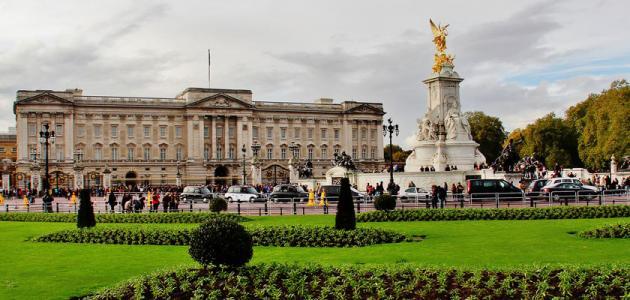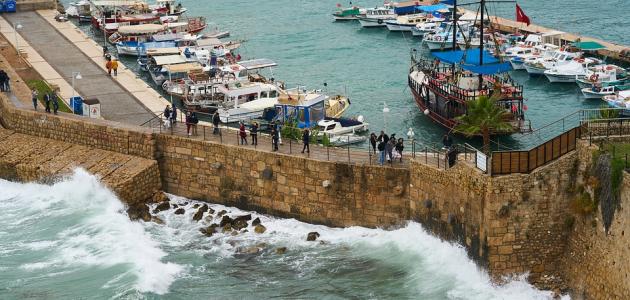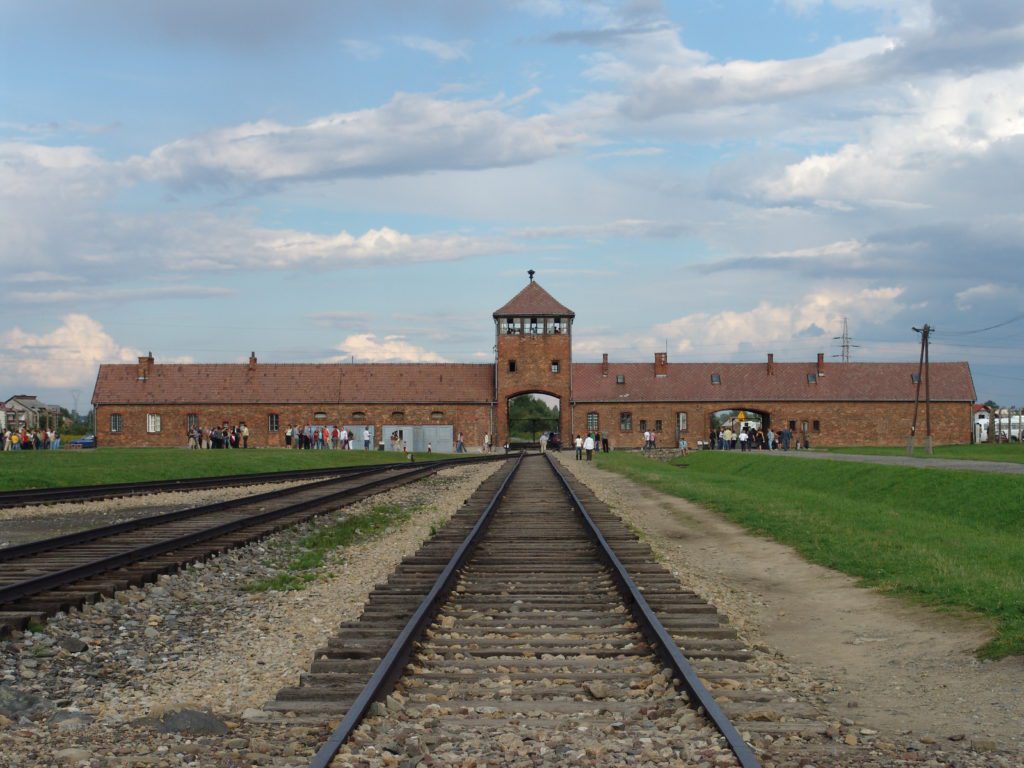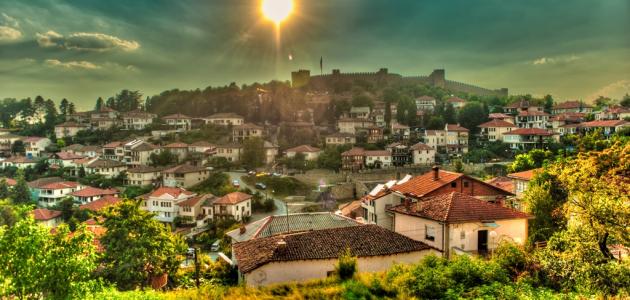Table of Contents
Palmyra effects
Palmyra is an archeological city located in Syria, and today it is one of the most important archaeological and historical cities in the world. It has fame and prestige. The city was associated with the name of Queen Zenobia, who was ruling her, and prospered greatly during her reign. The city was the focus of commercial caravans between the Levant and Mesopotamia, as it was located on the commercial silk road, and the city was called the New Athens, as the city was called the desert bride, and the palm oasis, which means the name Palmyra, which the Romens gave the city. As for the name Palmyra, it is the name that the pre-Semitic people used on the site, and it is still used today.
The site of the ruins of Palmyra
The ruins of the ancient city of Palmyra are located in the Syrian desert, which is what is today called the Syrian Governorate of Homs. The site is located to the northeast of the Syrian capital, Damascus, where the ruins are located 235 km from the Syrian capital. It is an oasis located in the middle of the desert, and it is characterized by its palm trees. Historically, the city of Palmyra occurred between two ancient civilizations, the Romen Empire that rose in the Levant to the west, and the Parthian Empire that rose in Mesopotamia to the east. The city coordinates extend between ″5 ″33 ° 34N, and ″ 5 ′16 ° 38E.
The history of the city of Palmyra
The history of the city dates back to the era of Prophet Solomon, where it was mentioned in the book of the Bible, and its description was mentioned as the desert that Solomon fortified. She was mentioned with the Prophet Joseph in her name (Palmyra), which is the city that Joseph built. In the first century AD, the city of Palmyra fell under the rule of the Romens, and was ruled by Emperor Tiberius. In 129 AD, Emperor Hadrian visited the city and declared it an independent city, which was dubbed Cologne, and it was exempted from taxes. The city flourished in the second and third centuries AD, and it became an important commercial center. After the fall of the Parthian state, the city faced some difficulties in the methods of trade. The Romens appointed Septimius Athena as king of Palmyra, and it was named the Ruler of the East.
After his appointment as governor of the city, Emperor Septimus Uthaina and his son were assassinated, and the rule of the city was taken over by his wife, Queen Zenobia. The city flourished during its reign very significantly, and it was famous for being a major center of trade at that time. Under its rule, the city declared full independence from the Romen state, and it also controlled large parts of the city of Anatolia in the year 270 AD, but soon Emperor Aurelian restored Anatolia in 272 AD, and destroyed the city of Palmyra the following year.
Despite its exposure to devastating events, the city continued to be a major center on the Diocletian Road, the corridor that linked the city of Damascus with the Euphrates River in Iraq. In the year 634 AD, the caliph Abu Bakr sent the Islamic conquests to Medina, led by the companion Khalid ibn al-Walid, and the Muslims opened them. Gradually, Palmyra lost its place as a commercial center, and its role as a link between ancient civilizations declined. In 1785 AD several European missions visited the city to explore and document the civilization in which it was established.
The most important ancient ruins in Palmyra
The city of Palmyra contains archaeological sites and ancient relics dating back to the civilizations that built it. The ruins of Palmyra are among the most beautiful urban buildings in the east, and the city is currently dependent mainly on tourism, and for its historical and civilizational importance; the city of Palmyra was included on the UNESCO World Heritage List in the year 1980 AD. Among the most prominent archaeological sites that exist in the city of Palmyra are the following:
- Temple evenIt is the most important religious building in the first century AD in the Middle East. (Rather) he is a Semitic deity of Akkadian origin, and he is the deity of the gods, and this temple was built to enshrine his worship.
- Arc de TriompheIt is the most famous landmark in the city of Palmyra. It is considered one of the most famous architectural buildings in the world. The position includes three arches, which is the road that reaches the Temple of Bell. The arch was built during the reign of the Romen Emperor Septimius Severus, who ruled the city between 193-211 AD.
- Nabu TempleNabu is the god of civilization between the two rivers, and is a symbol of wisdom and prophecy. The temple contains an altar, a basket, and its entrance is made of propylene columns. The temple is 20 meters long and 3 meters high.
- Agora: It is a rectangular square, 71 meters in length, 48 meters in width, and built in the second century AD. The square is surrounded by a number of colonnades, whose walls have rectangular windows and are decorated with beautiful motifs.
- Baal Shamin TempleIt is an ancient temple of the Canaanite god Baal Shamin, the temple dates back to the first century AD, and the temple was restored several times.
- Folklore MuseumThe museum contains a large collection of monuments and art that were found in the city of Palmyra, as well as many statues, as the rich families honored their dead through sculpted statues.
- Graves ValleyThe valley contains a large collection of royal tombs, the most notable of which is the tomb of Lamlico.
- Street of columns: This street is 1.2 km long and contains the Arc de Triomphe, at the end of which there is the Temple of Nabu.
- The theaterThe theater dates back to the second century AD, and it contains facilities for welcoming the masses and rooms for actors.








